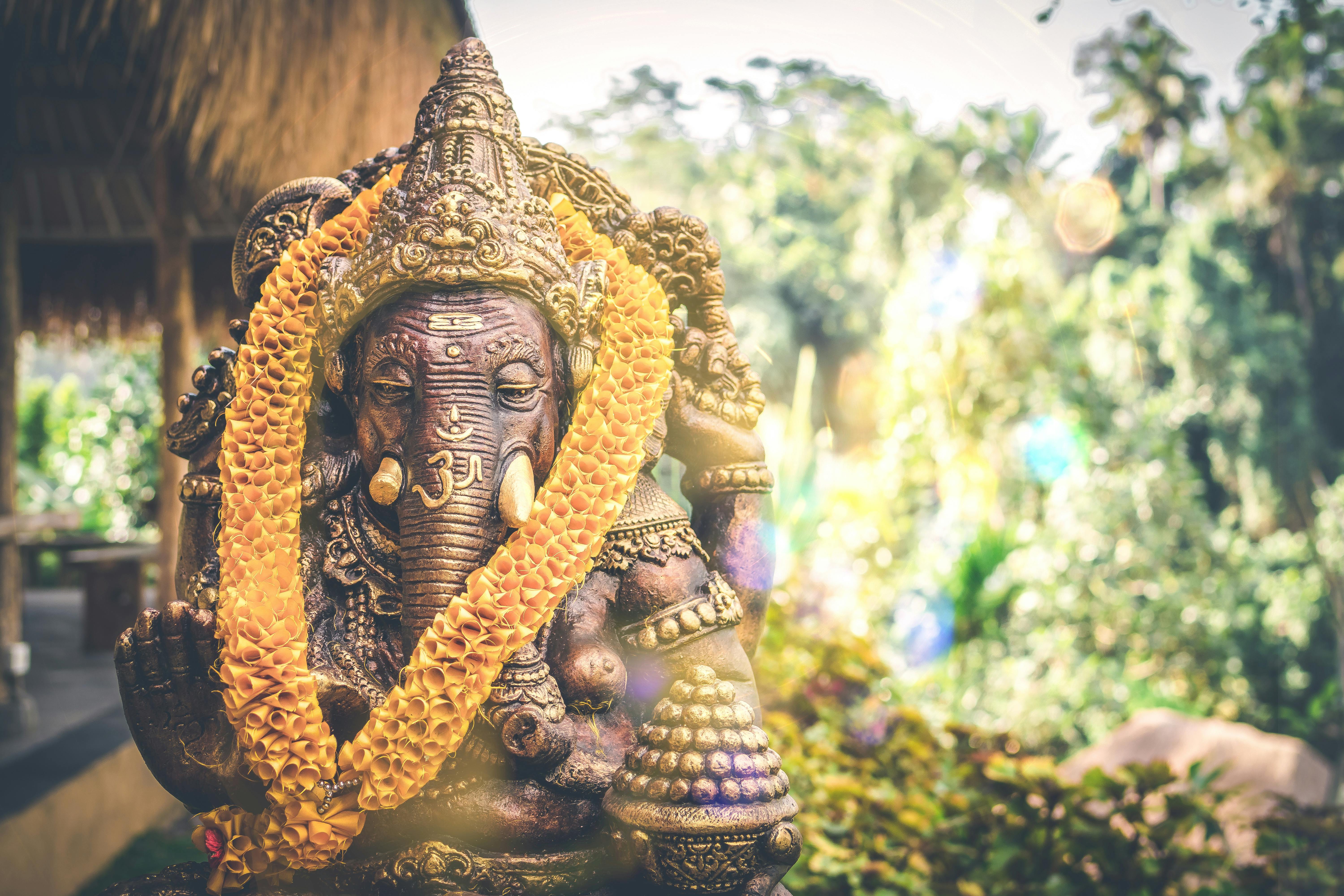This morning I woke up to the sound of rain. On this fourth day in a row of rain, I started to worry about flooding, so I looked out several windows to see if the water had started to stagnate. In the backyard twilight, I saw a ruby-throated hummingbird descend to land on my wife’s bright red trough. He got two sips and then shot almost directly somewhere in the canopy of a large elm tree.
I wondered if it was fast enough to see and keep the raindrops from falling. I live in southeastern Virginia, and most of our hummingbird visitors sport emerald green feathers on their backs and white feathers on their chests. Males have ruby red throat feathers. Two or three males fight over the use of our feeder and perhaps six to ten females fly regularly to feed, undisturbed by the males. On occasion, we have seen a larger black hummingbird come in. None of the ruby throats bother him.
A migratory species, hummingbirds nest in several Central American countries during the winter. They fly across the Gulf of Mexico to return to familiar parts of North America. I have not read any plausible explanation for why our bird visitors fly to Virginia when they could have stayed in Alabama or Florida. I’ve read that males come to see us first, probably to claim foraging areas, like my wife’s bird feeder. Females and their young arrive later in the spring (usually May). I read some studies of captured, released and tracked hummingbirds that conclude that fat content is critically important to your health and your chances of surviving such long flight trips each year. Birds live only 3-5 years.
We have noticed peculiar behavior in our hummingbirds when my wife moves the feeder to a different pole hook (about two feet away). She has a bird seed station hanging from the other pole, to feed our seed-crunching birds. Those birds spill seeds onto the ground, attracting squirrels that will eventually damage the grass under the feeder. So my wife will occasionally switch the two feeders. For whatever reason, our hummingbirds, who can find the red feeder after a 1200-mile journey, will pass in front of the seeder station that was placed where they were waiting. It takes them a while to find the new location for the sugar water they crave. # TAG1writer



